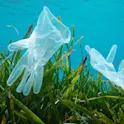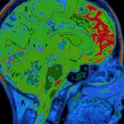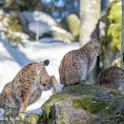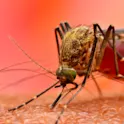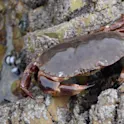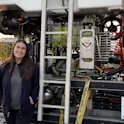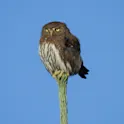
Featured news
28 Feb 2023
12 exotic bacteria found to passively collect rare earth elements from wastewater
By Mischa Dijkstra, Frontiers science writer Scientists have shown that the biomass of 12 previously unstudied strains of cyanobacteria from around the globe is efficient at the biosorption of the rare earth elements lanthanum, cerium, neodymium, and terbium from aqueous solutions. This allows these rare elements, for which demand is steadily growing, to be collected from wastewater from mining, metallurgy, and the recycling of e-waste, and reused. Rare earth elements (REEs) are a group of 17 chemically similar metals, which got their name because they typically occur at low concentrations (between 0.5 and 67 parts per million) within the Earth’s crust. Because they are indispensable in modern technology such as light emitting diodes, mobile phones, electromotors, wind turbines, hard disks, cameras, magnets, and low-energy lightbulbs, the demand for them has increased steadily over the past few decades, and is predicted to rise further by 2030. As a result of their rarity and the demand they are expensive: for example, a kilo of neodymium oxide currently costs approximately €200, while the same amount of terbium oxide costs approximately €3,800. Today, China has a near-monopoly on the mining of REEs, although the discovery of promising new finds (more than one million metric […]


